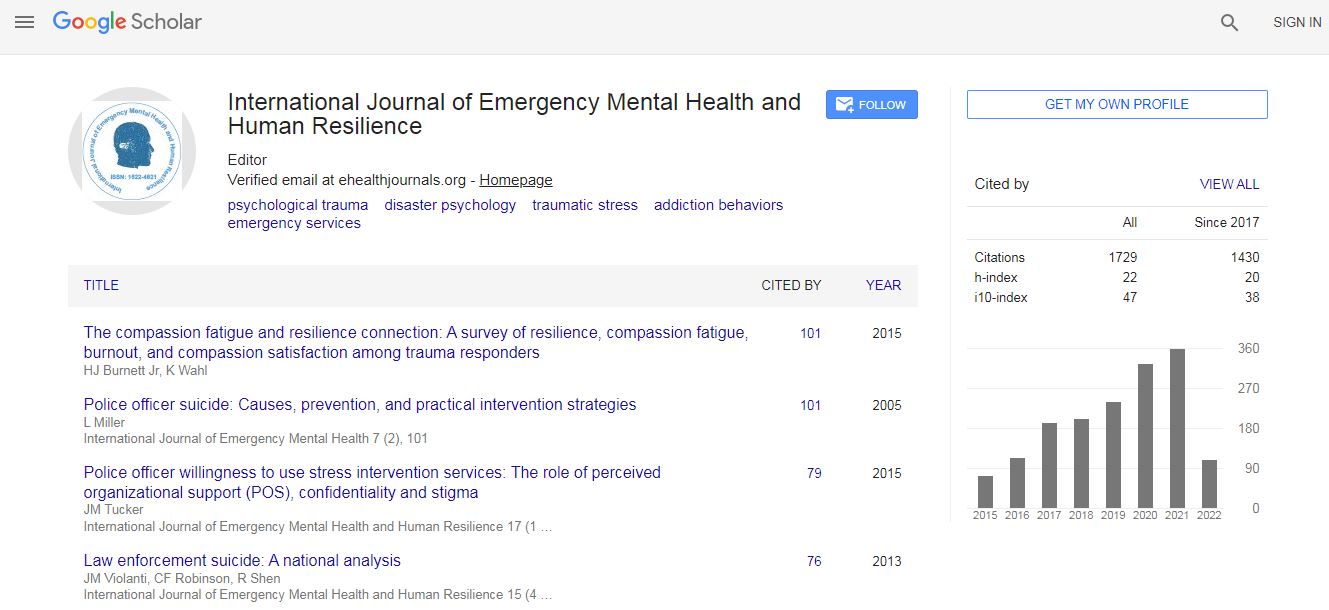Short Communication
New Psychoactive Substances: “Chemical Chameleons”That Evade Detection and Legislations
Abuelgasim Elrasheed A. Alhassan*National Rehabilitation Center, Abu Dhabi, UAE
- *Corresponding Author:
- A E A. Alhassan
National Rehabilitation Center, Abu Dhabi, UAE
E-mail: weaamgaa@hotmail.com
Abstract
Background: New Psychoactive Substances (NPS) and New Emergent Substances (NES), are subversive and withering substances that invaded all communities around the globe without exceptions or immunity. They are being sold as recreational drugs containing synthetically designed substances, despite the tag label states “Not for Humans Use (e.g. bath salts, synthetic cannabinoids)1,2.Objective: The main theme and aim of this paper is to enhance and add to the huge efforts of different international and national organizations, government and law enforcement authorities to combat the spread and highlight the risks and serious implications of these substances on the health of humans and their wellbeing. Method: literature review was undertaken, with especially focus on the published data related to the objective of the paper. Some reference textbooks were also consulted, especially for the information regarding the laboratory techniques. Literature search was conducted using PubMed, EMBASE, PsycInfo, Internet underground and governmental websites using the following keywords alone or in combination: designer drugs, club drugs, party drugs, GHB, synthetic cathinones, mephedrone, methylone, flephedrone, MDAI, and MDVP. Conclusion: These substances pose a global threat that will affect young generations due to the health risks associated with the consumption of these drugs. This phenomenon requires the collaboration between the international organizations, the national reference laboratories, legislation authorities, law enforcement officers and political systems in the different countries to make the necessary plans and measures capable of stopping the production and distribution of these substances.

 Spanish
Spanish  Chinese
Chinese  Russian
Russian  German
German  French
French  Japanese
Japanese  Portuguese
Portuguese  Hindi
Hindi 